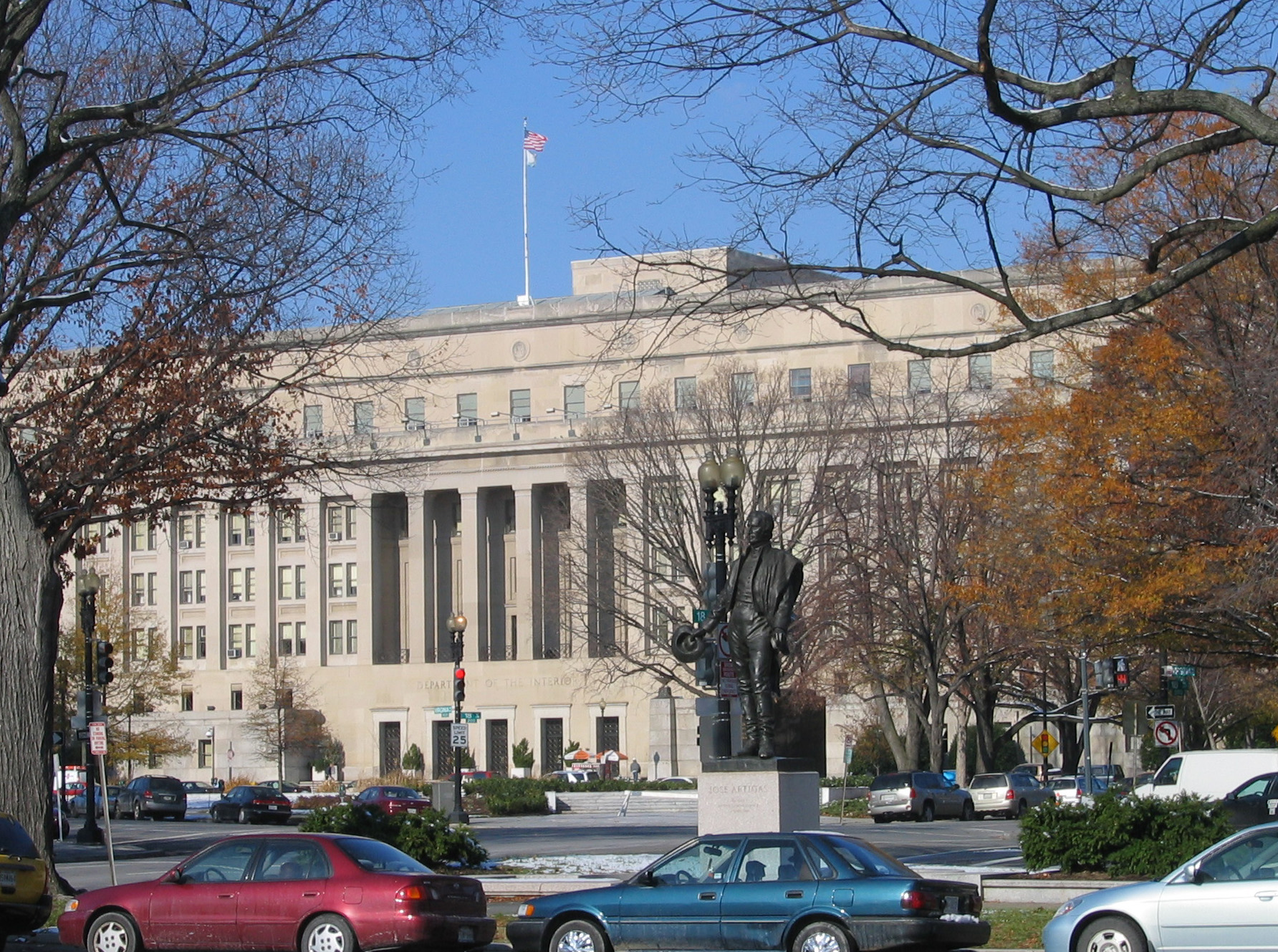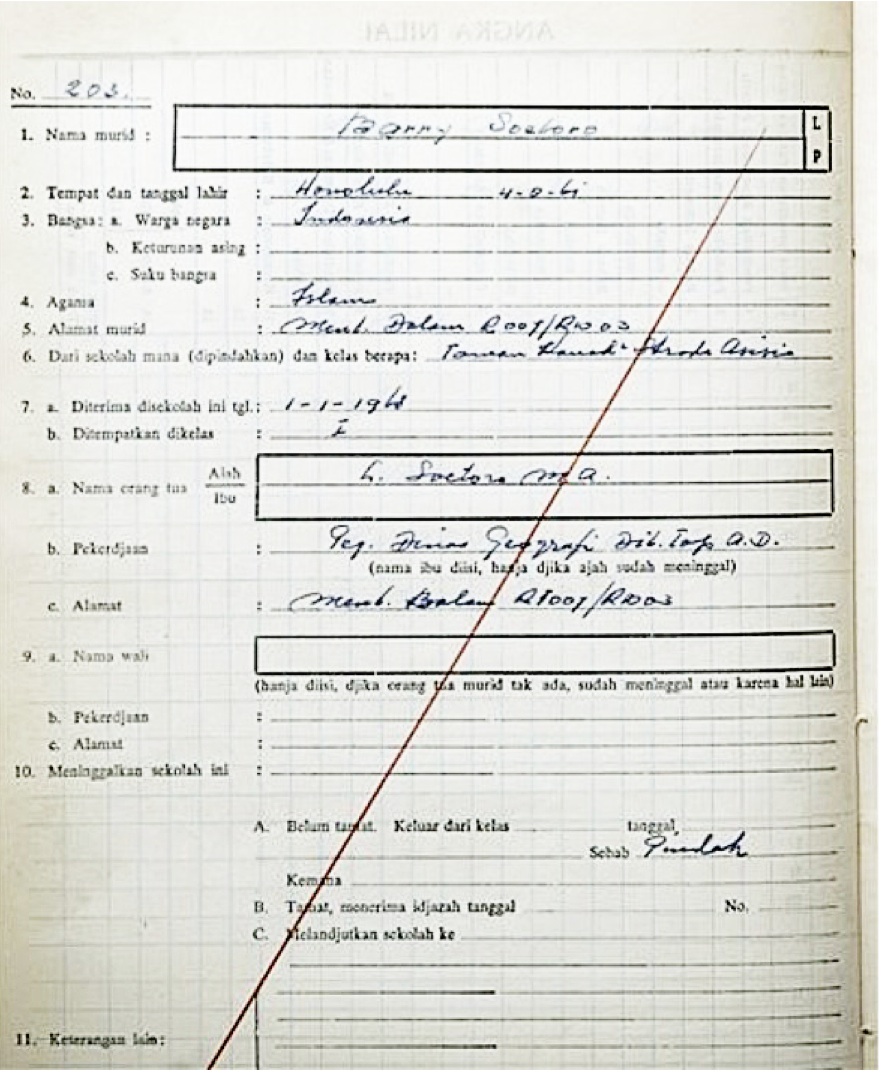|
Tribal College
In the United States, tribal colleges and universities (TCUs) are a category of higher education, minority-serving institutions defined in the Higher Education Act of 1965. Each qualifies for funding under the Tribally Controlled Colleges and Universities Assistance Act of 1978 (25 U.S.C. 1801 et seq.) or the Navajo Community College Act (25 U.S.C. 640a note); or is cited in section 532 of the Equity in Educational Land-Grant Status Act of 1994 (7 U.S.C. 301 note). These educational institutions are distinguished by being controlled and operated by federally recognized American Indian tribes; they have become part of American Indians' institution-building in order to pass on their own cultures. The first was founded by the Navajo Nation in 1968 in Arizona, and several others were established in the 1970s. As of 1994, they have been authorized by Congress as land-grant colleges.Ginger Stull, Demetrios Spyridakis, Marybeth Gasman, Andrés Castro Samayoa, & Yvette Booker, ''Redefi ... [...More Info...] [...Related Items...] OR: [Wikipedia] [Google] [Baidu] |
Culturally Sensitive
Cultural sensitivity, also referred to as cross-cultural sensitivity or cultural awareness, is the knowledge, awareness, and acceptance of other cultures and others' cultural identities. It is related to cultural competence (the skills needed for effective communication with people of other cultures, which includes cross-cultural competence), and is sometimes regarded as the precursor to the achievement of cultural competence, but is a more commonly used term. On the individual level, cultural sensitivity is a state of mind regarding interactions with those different from oneself. Cultural sensitivity enables travelers, workers, and others to successfully navigate interactions with a culture other than their own. Cultural diversity includes demographic factors (such as race, gender, and age) as well as values and cultural norms. Cultural sensitivity counters ethnocentrism, and involves intercultural communication, among relative skills. Most countries' populations include minori ... [...More Info...] [...Related Items...] OR: [Wikipedia] [Google] [Baidu] |
Chief Dull Knife College
Chief Dull Knife College is a public tribal land-grant community college on the Northern Cheyenne Indian Reservation in Lame Deer, Montana. It is an open-admission college with about 141 students. On average, more than half of its graduates move on to four-year colleges. The college has one main building which houses administration, faculty offices, cafeteria facilities, bookstore, a learning center and sufficient classroom space to serve 300 students. Specialized laboratory facilities include a science laboratory, two computing labs, and a distance learning center and welding laboratory. In addition, separate facilities house the library, information technology, cultural center, the early childhood learning center, the adult education literacy center, the technical skills center, student activities center, student learning center, student lounge and Vocational Rehabilitation Center. History Previously known as Dull Knife Memorial College, CDKC was renamed in 2001 to emphasize t ... [...More Info...] [...Related Items...] OR: [Wikipedia] [Google] [Baidu] |
Bureau Of Indian Affairs
The Bureau of Indian Affairs (BIA), also known as Indian Affairs (IA), is a United States federal agency within the Department of the Interior. It is responsible for implementing federal laws and policies related to American Indians and Alaska Natives, and administering and managing over of land held in trust by the U.S. federal government for Indian Tribes. It renders services to roughly 2 million indigenous Americans across 574 federally recognized tribes. The BIA is governed by a director and overseen by the assistant secretary for Indian affairs, who answers to the secretary of the interior. The BIA works with tribal governments to help administer law enforcement and justice; promote development in agriculture, infrastructure, and the economy; enhance tribal governance; manage natural resources; and generally advance the quality of life in tribal communities. Educational services are provided by Bureau of Indian Education—the only other agency under the assistan ... [...More Info...] [...Related Items...] OR: [Wikipedia] [Google] [Baidu] |
University Of Montana
The University of Montana (UM) is a public research university in Missoula, Montana. UM is a flagship institution of the Montana University System and its second largest campus. UM reported 10,962 undergraduate and graduate students in the fall of 2018. It is classified among "R1: Doctoral Universities – Very high research activity" as of 2022. The University of Montana ranks 17th in the nation and fifth among public universities in producing Rhodes Scholars; it has 11 Truman Scholars, 14 Goldwater Scholars, and 40 Udall Scholars to its name. History An act of Congress of February 18, 1881, dedicated 72 sections () in Montana Territory for the creation of the university. Montana was admitted to the Union on November 8, 1889, and the state legislature soon began to consider where the state's permanent capital and state university would be located. To be sure that the new state university would be located in Missoula, the city's leaders made an agreement with the s ... [...More Info...] [...Related Items...] OR: [Wikipedia] [Google] [Baidu] |
Higher Education Accreditation In The United States
Higher education accreditation in the United States is a peer review process by which the validity of degrees and credits awarded by higher education institutions is assured. It is coordinated by accreditation commissions made up of member institutions. It was first undertaken in the late 19th century by cooperating educational institutions, on a regional basis. The federal government began to play a limited role in higher education accreditation in 1952 with reauthorization of the G.I. Bill for Korean War veterans. The original GI Bill legislation had stimulated establishment of new colleges and universities to accommodate the influx of new students; but some of these new institutions were of dubious quality. The 1952 legislation designated the existing peer review process as the basis for measuring institutional quality; GI Bill eligibility was limited to students enrolled at accredited institutions included on a list of federally recognized accredited institutions published ... [...More Info...] [...Related Items...] OR: [Wikipedia] [Google] [Baidu] |
Montana
Montana () is a state in the Mountain West division of the Western United States. It is bordered by Idaho to the west, North Dakota and South Dakota to the east, Wyoming to the south, and the Canadian provinces of Alberta, British Columbia, and Saskatchewan to the north. It is the fourth-largest state by area, the eighth-least populous state, and the third-least densely populated state. Its state capital is Helena. The western half of Montana contains numerous mountain ranges, while the eastern half is characterized by western prairie terrain and badlands, with smaller mountain ranges found throughout the state. Montana has no official nickname but several unofficial ones, most notably "Big Sky Country", "The Treasure State", "Land of the Shining Mountains", and " The Last Best Place". The economy is primarily based on agriculture, including ranching and cereal grain farming. Other significant economic resources include oil, gas, coal, mining, and lumber. The health ca ... [...More Info...] [...Related Items...] OR: [Wikipedia] [Google] [Baidu] |
Barack Obama
Barack Hussein Obama II ( ; born August 4, 1961) is an American politician who served as the 44th president of the United States from 2009 to 2017. A member of the Democratic Party, Obama was the first African-American president of the United States. He previously served as a U.S. senator from Illinois from 2005 to 2008 and as an Illinois state senator from 1997 to 2004, and previously worked as a civil rights lawyer before entering politics. Obama was born in Honolulu, Hawaii. After graduating from Columbia University in 1983, he worked as a community organizer in Chicago. In 1988, he enrolled in Harvard Law School, where he was the first black president of the '' Harvard Law Review''. After graduating, he became a civil rights attorney and an academic, teaching constitutional law at the University of Chicago Law School from 1992 to 2004. Turning to elective politics, he represented the 13th district in the Illinois Senate from 1997 until 2004, when he ran for the U ... [...More Info...] [...Related Items...] OR: [Wikipedia] [Google] [Baidu] |
Alberta
Alberta ( ) is one of the thirteen provinces and territories of Canada. It is part of Western Canada and is one of the three prairie provinces. Alberta is bordered by British Columbia to the west, Saskatchewan to the east, the Northwest Territories (NWT) to the north, and the U.S. state of Montana to the south. It is one of the only two landlocked provinces in Canada (Saskatchewan being the other). The eastern part of the province is occupied by the Great Plains, while the western part borders the Rocky Mountains. The province has a predominantly continental climate but experiences quick temperature changes due to air aridity. Seasonal temperature swings are less pronounced in western Alberta due to occasional Chinook winds. Alberta is the fourth largest province by area at , and the fourth most populous, being home to 4,262,635 people. Alberta's capital is Edmonton, while Calgary is its largest city. The two are Alberta's largest census metropolitan areas. More tha ... [...More Info...] [...Related Items...] OR: [Wikipedia] [Google] [Baidu] |
Red Crow Community College
Red Crow Community College is a college located on the Kainai Nation reserve in southern Alberta, Canada with a campus in Lethbridge. Partnerships Red Crow College is a member of the First Nation & Adult Higher Education Consortium, a non-profit organization in Western Canada, which coordinates the efforts of its members to provide quality adult and higher education, controlled entirely by people of the First Nations. RCC is a Canadian member of the American Indian Higher Education Consortium (AIHEC), which is a community of tribally and federally chartered institutions working to strengthen tribal nations and make a lasting difference in the lives of American Indians and Alaska Natives. RCC was created in response to the higher education needs of American Indians. RCC generally serves geographically isolated populations that have no other means accessing education beyond the high school level. History Red Crow Community College was founded in 1986, making it the fourth institut ... [...More Info...] [...Related Items...] OR: [Wikipedia] [Google] [Baidu] |
Sinte Gleska University
Sinte Gleska University (SGU) is a public tribal land-grant university in Mission, South Dakota, on the Rosebud Indian Reservation. This is a Brulé Lakota Indian Reservation home to the Sicangu (Burnt Thigh). SGU has an enrollment of 828 full and part-time students.American Indian Higher Education Consortium It is regionally accredited by the . History SGU was founded in 1971. SGU was named for the Brulé Lakota chief Sinte Gleska.[...More Info...] [...Related Items...] OR: [Wikipedia] [Google] [Baidu] |






